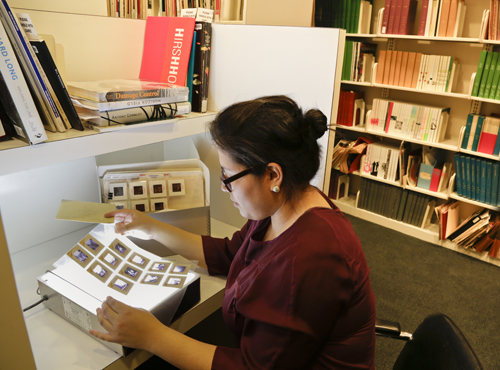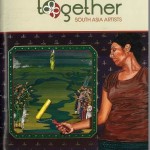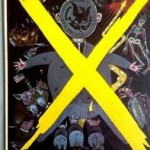 This post was written by Jaclyn Peterson. Jaclyn interned at the Hirshhorn Museum and Sculpture Garden Library this past spring, working to identify Artists’ Books in the collection and making them more accessible in the library catalog.
This post was written by Jaclyn Peterson. Jaclyn interned at the Hirshhorn Museum and Sculpture Garden Library this past spring, working to identify Artists’ Books in the collection and making them more accessible in the library catalog.
Before I began working on a cataloging project with the Hirshhorn Museum and Sculpture Garden Library (HMSG) , I naively thought I was able to spot an artist’s book out of a regular collection a mile away. In my mind, they were supposed to be visually stunning items, handcrafted with mixed media, and having book-like or “book-ish” qualities. All of the artists’ books I had seen in my limited experience were flashy and intricately designed objects created in limited editions, and they seemed to be more art than book. Going through HMSG’s collection and making decisions about which books to tag in the catalog as being ‘Artists’ Books Specimens,’ I discovered a side of artists’ books I had not encountered before: the artist’s book in a trade book’s clothing, or in other words, an artist’s book that looks like a regular book.






